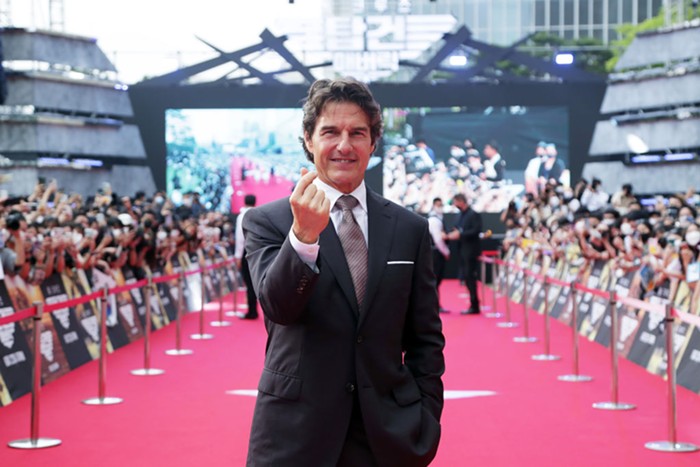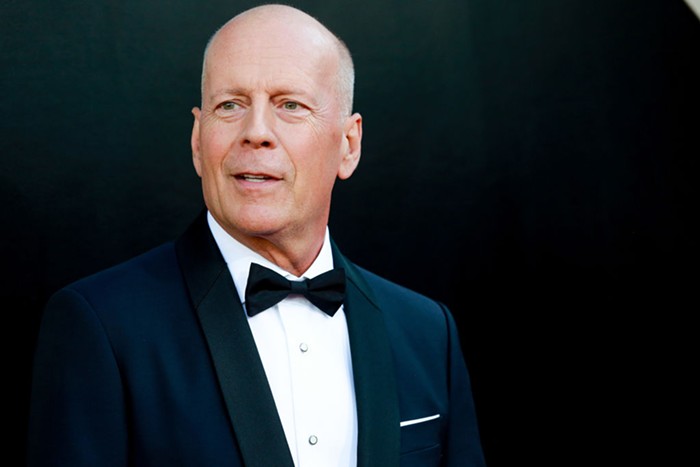at Pacific Switchboard, 4637 N. Albina, through March 7
Last month, Village Voice art critic Jerry Saltz came to Portland and lamented the overuse of the opaque projector by contemporary genre painters. Once Gerhard Richter popularized the technique, which basically allows painters to make paintings that look like photographs, Saltz maintained, you couldn't throw a stone in Manhattan without hitting a Richter wannabe.
The photo-derived watercolors by Harrison Haynes, currently at Pacific Switchboard, remind us that things long passé in New York still have the capacity to appear fresh in Portland. Haynes' charming, cinematic tableaux are based on childhood snapshots, which he recasts with the verboten projector. Night Flight depicts a wood-paneled living room decorated with a gaggle of taxidermied ducks with heavy noir undertones. In another small scene, a shirtless boy roughhouses with a man, presumably his father, outdoors, as a dog goes off on his own investigation behind them. The organic qualities of Haynes' watery paint lends an endearing, human touch to the plasticity of traditional family albums, and by blurring some of the details that only photographs can capture, his scenes become more universal and anonymous, as best evidenced in the painting of the two adolescent boys posing in front of a caged fence that holds a lurking, striped tiger.
In contrast, the large format photographs of Shawn Records are also on view in all their precise clarity. Records is an observer of daily rhythms and nuances, which he frames with his view camera. View cameras don't afford the speed or reflexivity of 35mm point and shoots, and many users get inordinately bogged down with composition until their images have been completely sterilized. Records' photographs here are interesting primarily for their disconcerting, skewed, flattened compositions. I had the repeated sensation that there was a more complete photograph that would have been captured if Records had taken three steps backwards to reveal a touch more of the scenes he focused on. Figures appeared ready to slide out of the frame, truncated, and part of a narrative that was frustratingly just out of reach. His subjects are marginal enough--innocuous buildings, a couple resting at a waterfall overlook, a child who has made a mess in the kitchen--that despite their interesting compositional tension, Records' withholding of additional details and context becomes a game of keep-away between the artist and viewer. CHAS BOWIE












